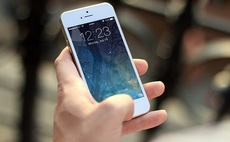Apple's Phil Schiller explains the company's apparent inconsistencies
Apple marketing supremo Phil Schiller has explained why the company decided to retain the 3.5mm standard headphone jack in the new MacBook Pro line-up - but pointedly removed it from the new iPhone...
To continue reading this article...
Join Computing
- Unlimited access to real-time news, analysis and opinion from the technology industry
- Receive important and breaking news in our daily newsletter
- Be the first to hear about our events and awards programmes
- Join live member only interviews with IT leaders at the ‘IT Lounge’; your chance to ask your burning tech questions and have them answered
- Access to the Computing Delta hub providing market intelligence and research
- Receive our members-only newsletter with exclusive opinion pieces from senior IT Leaders






















